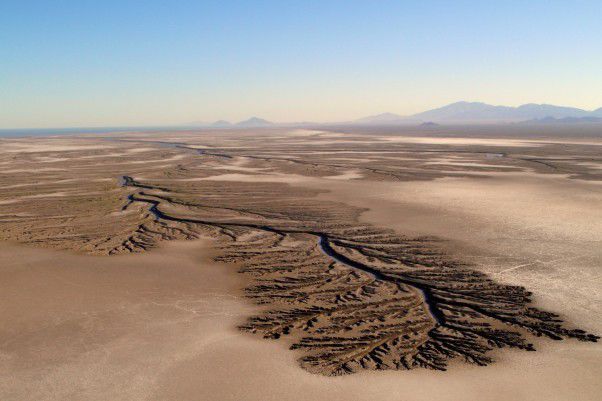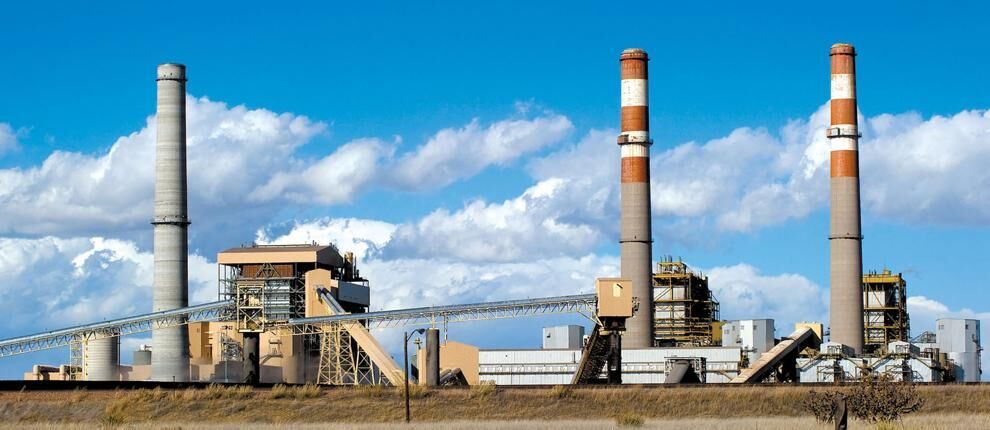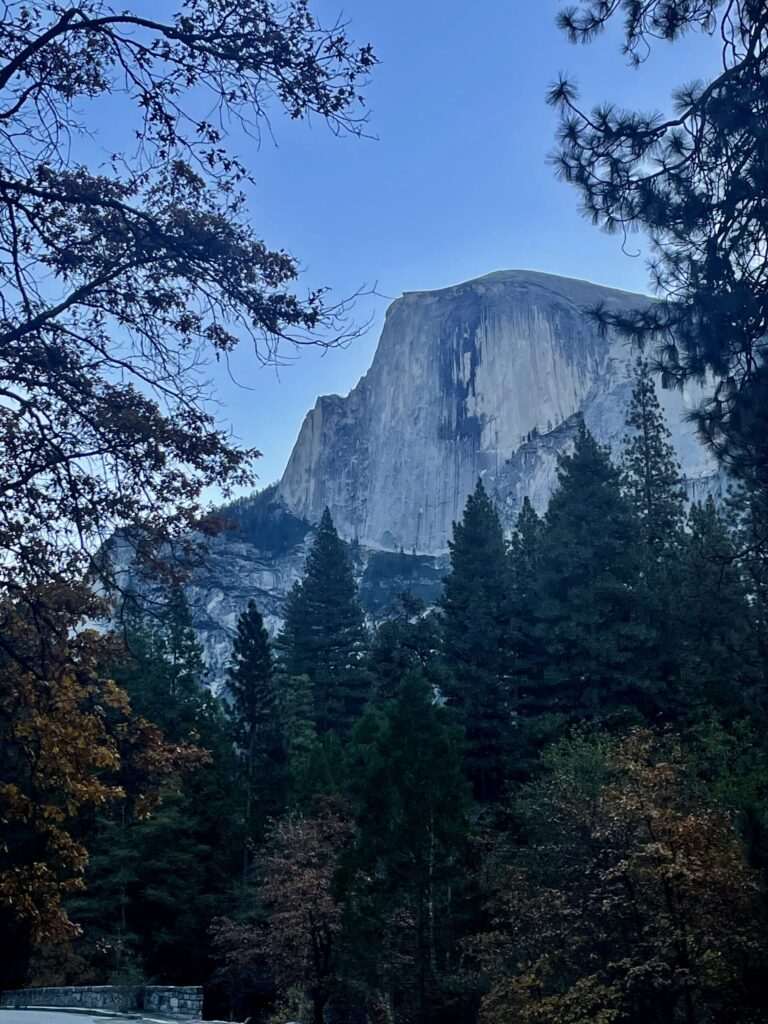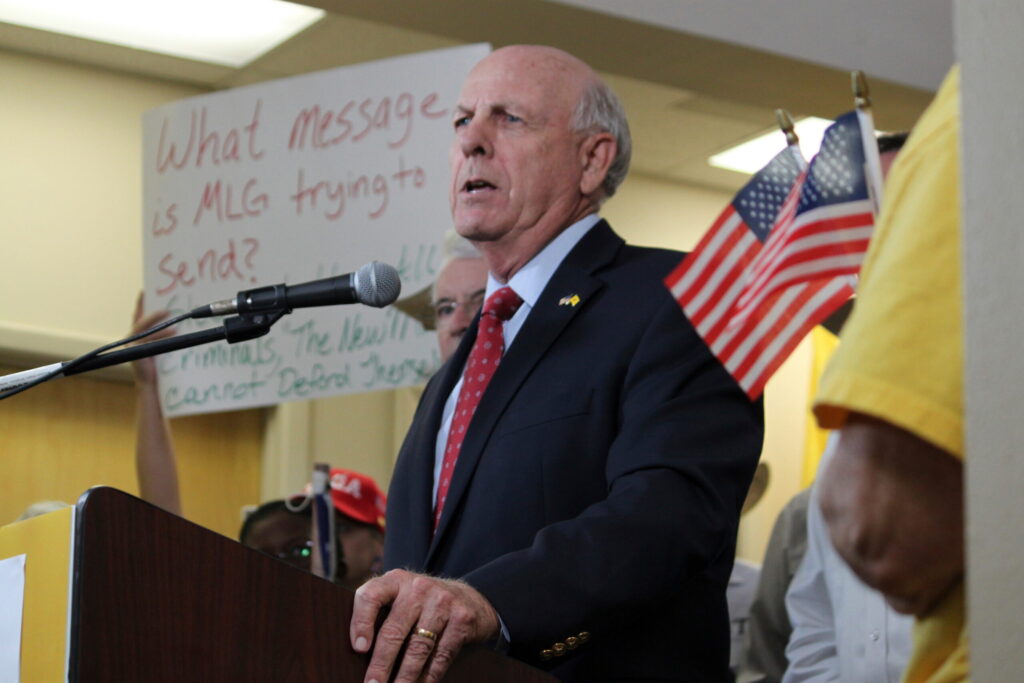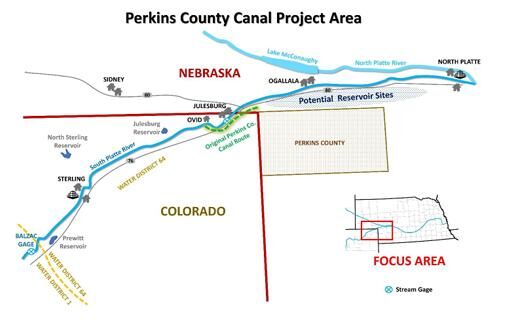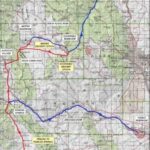Colorado Highway 7 between Lyons, Allenspark officially reopens this weekend
The Colorado Department of Transportation, the U.S. Forest Service, the Federal Highway Administration and Kiewit Infrastructure on Thursday announced the completion of the last recovery project for the catastrophic floods that hit the Front Range in 2013
Highway 7 through St. Vrain Canyon, west of Lyons, will formally reopen on Labor Day weekend to motor vehicle traffic.
CDOT Executive Director Shoshana Lew addressed a crowd of about 75 people assembled in the canyon to formally reopen the highway.
As part of the reopening, bicyclists were allowed to ride up the canyon Thursday, but they will have to wait a bit longer for full access to the canyon due to ongoing single-lane closures through November.
“They do not accelerate uphill at the same rate as a vehicle. And there’s not enough lane width for that,” said Heather Paddock, CDOT Region 7 director and project manager.
There will be ongoing lane closures and some delays for motor vehicles as well.
“Back in 2013 when I first visited these sites to assess the damage with CDOT, it was stunning,” said Shaun Cutting, program delivery team leader for the Federal Highway Administration. “It was like the roadway was never even there. The river had taken over and it was just gone. Now you go to these places and it’s like the event never happened.”
On Sept. 9, 2013, heavy rains began to fall along the Front Range, from the Wyoming state line as far south as Pueblo County. Boulder County was hit particularly hard.
The rain continued for seven days, setting records for rainfall in the area and resulting in widespread flooding and extensive damage. Eight deaths were attributed to the flooding, which caused an estimated $4 billion in damage over 30 counties and municipalities.
West of Lyons, St. Vrain Creek, usually a babbling brook with fine trout fishing, became a raging torrent through St. Vrain Canyon that destroyed some eight miles of Colorado Highway 7 between Lyons and Allenspark.
The highway was so severely damaged that some residents of the canyon had to be evacuated by helicopter.
A temporary road was reconstructed within about two months, but permanent repair was delayed for nine years so CDOT could complete repairs on more than 400 miles of damaged highways and more than 120 bridges and structures.
To better protect the canyon and the roadway, substantial modifications were made at critical points to prevent erosion under the roadway in the event of flooding. Rather than just placing riprap and building walls along the bank of the stream, heavy riprap was placed under the roadbed itself to prevent erosion.
More than 67,000 cubic yards of dirt and rock were moved, and 11,500 linear feet of the riverbed were rehabilitated during the project, as well as drainage improvements for side canyons to channel water under the roadway. More than 14,000 feet of guardrails were installed.
The St. Vrain canyon project cost about $60 million. The complete recovery package for the state cost about $750 million, most of which was reimbursed by the Federal Highway Administration from its emergency relief program. Colorado paid about $16 million from state and local emergency funds.
The prime contractor for the project was Kiewit Infrastructure of Omaha, Nebraska. More than 66,000 man hours of work will be required to complete the project.









